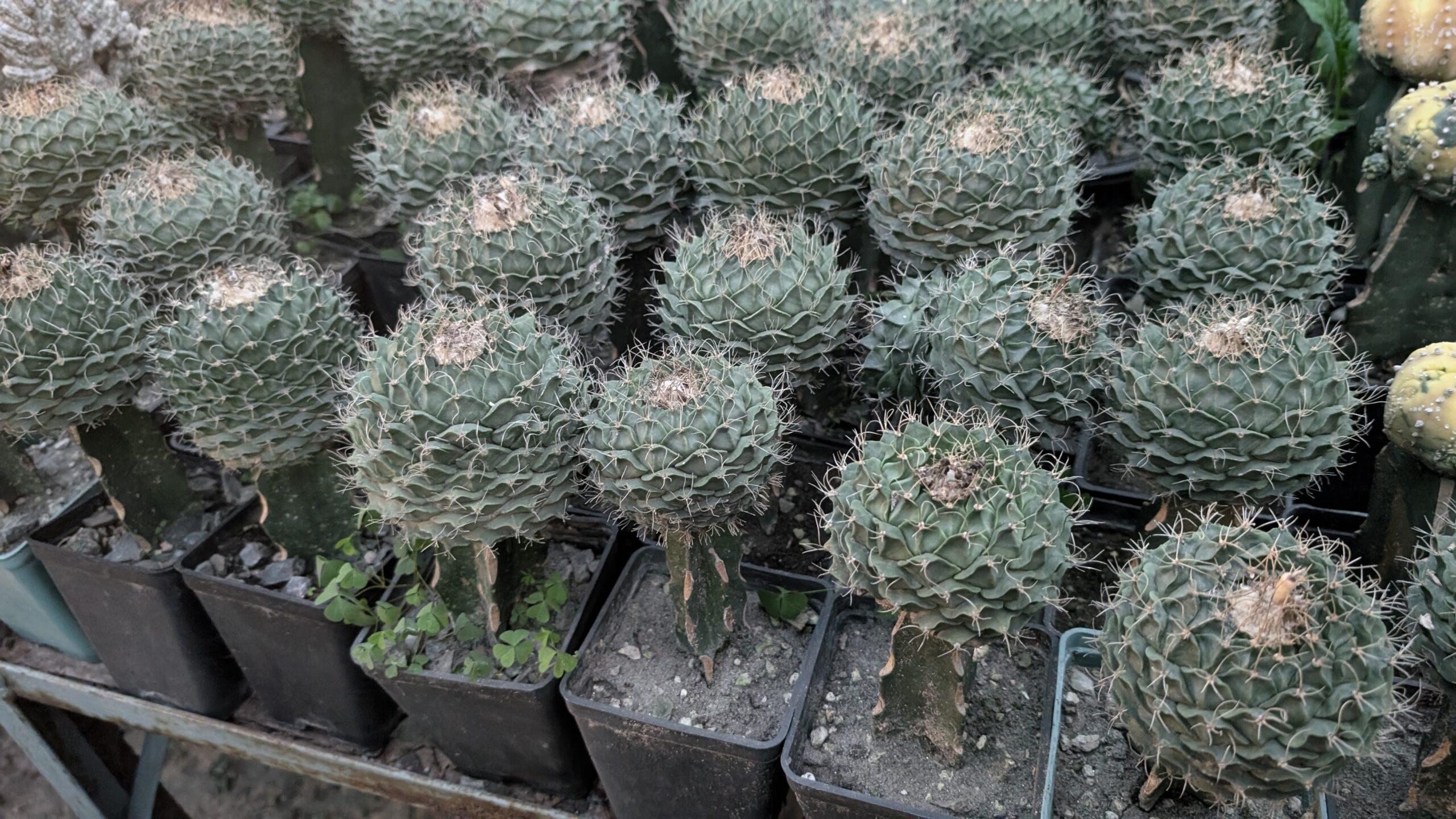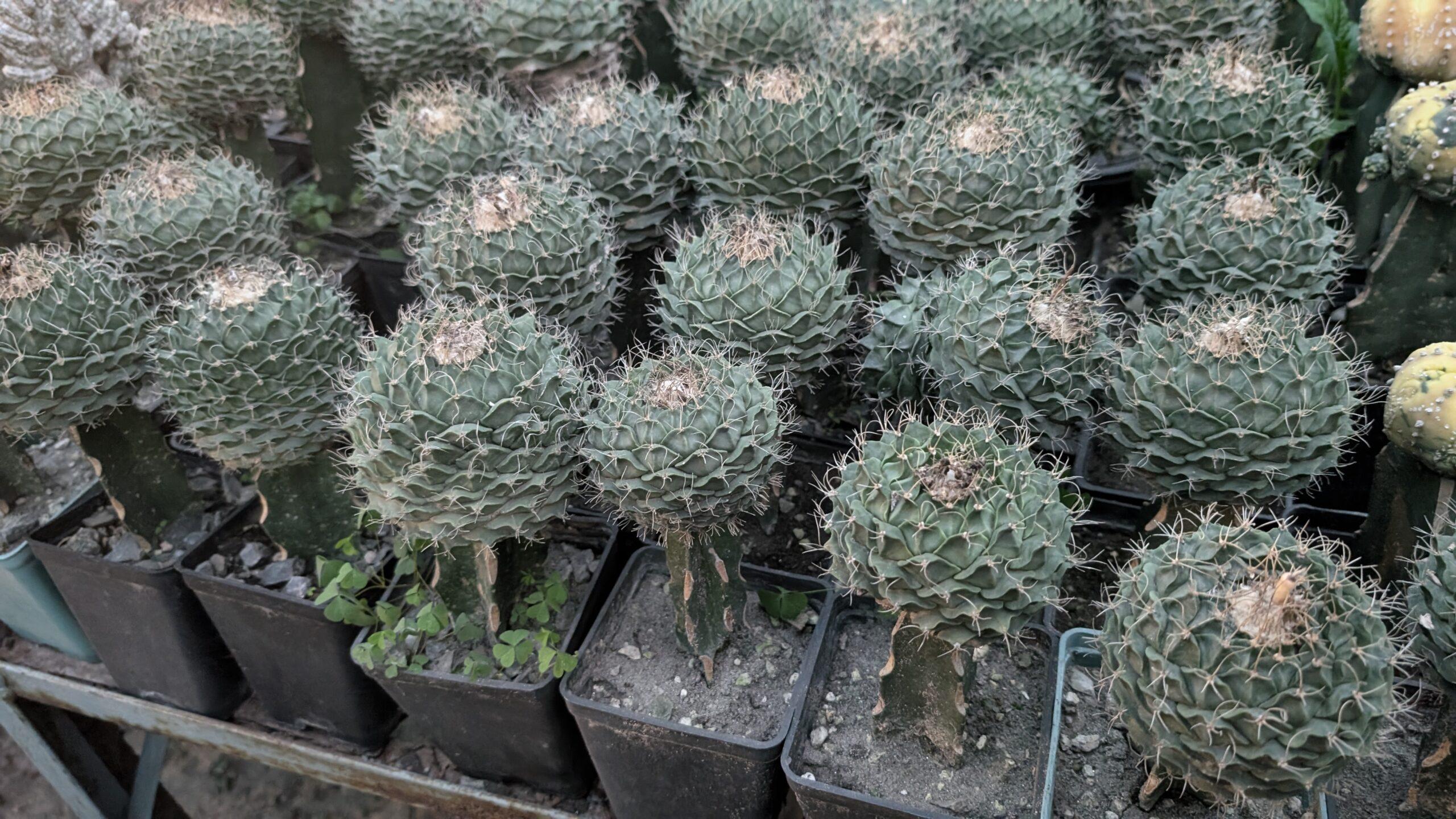Comprehensive Guide to Strombocactus Disciformis: Care, Cultivation, and Propagation
Strombocactus Disciformis is a rare, unique cactus species known for its distinct round shape and dense, spiraled spines. Native to Mexico’s arid regions, this small cactus is cherished by collectors and enthusiasts alike. Properly cultivating Strombocactus Disciformis requires understanding its natural habitat, light preferences, and soil needs, as well as knowing how to propagate it successfully. In this guide, we’ll explore the essential care requirements of Strombocactus Disciformis to help you maintain a healthy and thriving plant collection.
Understanding Strombocactus Disciformis
The Strombocactus Disciformis is a compact cactus species with fascinating characteristics, which make it stand out among desert plants. Its compact, disk-like form, covered with spiraled spines and a bluish-green hue, can grow up to 10 cm in diameter. The species has gained popularity in cultivation due to its unique appearance and relatively manageable care requirements.
Natural Habitat of Strombocactus Disciformis
Strombocactus Disciformis originates in central Mexico, where it grows in rocky limestone soils with minimal moisture. This cactus species has adapted to survive in extremely arid environments, developing a tolerance for intense sunlight and dry conditions. Replicating these conditions as much as possible in cultivation can enhance its growth and longevity.
Key Characteristics of Strombocactus Disciformis
- Size: Typically grows to 10 cm in diameter.
- Shape: Disc-shaped with a dense spiral of spines.
- Color: Bluish-green with a distinctive spiral spine structure.
- Flowers: Small, pale yellow to white flowers bloom seasonally.
-
How to Care for Strombocactus Disciformis
Strombocactus Disciformis care requires a specific approach that respects its natural arid habitat. This cactus is sensitive to overwatering and thrives best in well-draining soil with minimal water and adequate light. Understanding these essential aspects can help you ensure that Strombocactus Disciformis remains healthy and resilient.
Light Requirements for Strombocactus Disciformis
Strombocactus Disciformis enjoys bright, direct sunlight, making it an ideal plant for sunny windowsills or outdoor spaces with ample light. If kept indoors, providing it with several hours of sunlight daily will help it thrive.
Ideal Lighting Conditions
- Indoors: Place in a bright, sunny window with direct sunlight.
- Outdoors: Ideal for sunny spots with filtered afternoon shade to avoid burning.
- Supplemental Light: Use grow lights if natural light is insufficient, particularly in winter.
Watering Needs of Strombocactus Disciformis
Watering Strombocactus Disciformis correctly is crucial, as it is highly susceptible to root rot. As a desert cactus, it requires very little water and thrives best when the soil is allowed to dry completely between waterings.
Best Watering Practices
- Frequency: Water sparingly, approximately once every two weeks during growing season.
- Seasonal Adjustment: Reduce watering in winter when the plant is dormant.
- Overwatering Warning: Overwatering can lead to root rot; watch for soft, discolored areas on the plant.
Soil and Potting Requirements for Strombocactus Disciformis
Strombocactus Disciformis requires well-draining, gritty soil to prevent moisture retention around its roots. Using a cactus or succulent soil mix is best, and adding extra grit, such as pumice or sand, can further enhance drainage.
Recommended Soil and Pot
- Soil Mix: Use a cactus-specific soil mix with added sand or pumice for extra drainage.
- Pot Type: Choose a pot with drainage holes; terracotta is ideal for moisture control.
- Repotting: Repot every two years in the spring to inspect root health and refresh soil.
Temperature and Humidity Tolerance
Strombocactus Disciformis thrives in warm, dry climates similar to its native Mexican habitat. While it can tolerate occasional drops in temperature, it prefers warmth and low humidity.
Optimal Temperature and Humidity
- Temperature: 65°F to 80°F is ideal; avoid temperatures below 50°F.
- Humidity: Prefers low humidity levels; avoid misting or placing in humid environmet.
-








Reviews
There are no reviews yet.